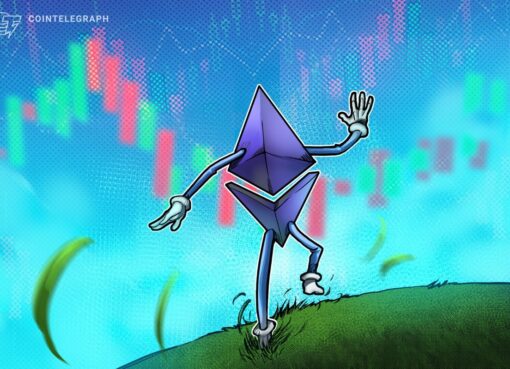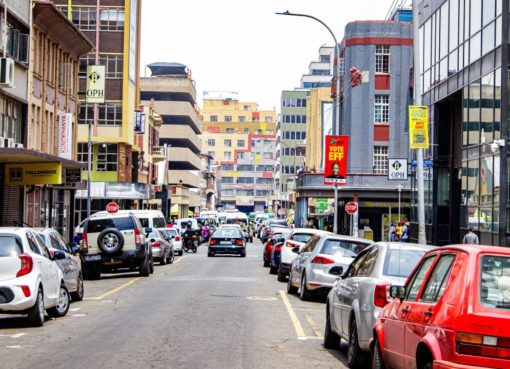- The yield on the 10-year U.S. Treasury note has fallen below the yield on the 3-month T-bill, stoking fresh recession talk.
- Long-duration bond yields are plunging on growing haven demand as coronavirus infects over 73,000 people.
- Researchers at MIT have used a scientific model to predict the likelihood of recession. The results don’t look good.
The U.S. yield curve is inverting again, as demand for long-duration bonds continues to surge in light of the global coronavirus pandemic.
While the yield-curve indicator is only used to gauge investor sentiment and the likelihood of recession in the future, researchers at the Massachusetts Institute of Technology (MIT) say a major downturn could be only six months away. That means it could hit before the U.S. presidential election.
Yield Curve Inversion Spotted
Demand for government bonds drove the 10-year Treasury yield to 1.54% on Tuesday, a decline of 4 basis points, according to CNBC data. The benchmark yield has declined by more than 40 basis points in the past two months.
The yield on the 3-month T-bill held steady near 1.58%.
An inversion in the yield curve happens when interest rates on long-term Treasurys fall below shorter-term instruments of the same credit quality. Yield curves normally slope upward, reflecting the fact that long-term interest rates are usually higher than short-term rates. You’ve heard the phrase, “Time is money,” right? Interest rates are supposed to convey that.
When part of the yield curve inverts, it draws attention from all corners of the financial world. That’s because inversions are a good predictor of recession.
MIT Researchers Talk Up Recession Risk
It’s not just financial analysts who are concerned about recession. Researchers at MIT have attempted to quantify the risk of a major downturn. The results don’t look good.
As CNBC reported earlier this month, researchers at the prestigious New England school “used a scientific approach initially developed to measure human skulls to determine how the relationship of four factors compares to prior recessions.”
That approach is called the Mahalanobis distance. Originally used to analyze human skulls, the measure evaluates the distance between one point and a distribution.
The researchers applied the measure to the economy by analyzing four factors: industrial production, nonfarm payrolls, stock returns and the yield curve.
From CNBC:
Looking at data back to 1916, the researchers said that the index was a reliable recession indicator since it rose leading up to every prior recession. They found that when the index topped 70%, the likelihood of a recession in the next six months rose to 70%.
When the researchers conducted their study in November, the index was at 76%. According to the researchers, the chance a U.S. recession in the next six months is about 70%.
Looking at the latest GDP figures, imminent recession appears highly unlikely. After all, fourth-quarter gross domestic product (GDP) expanded 2.1% annually. The economy hasn’t contracted since the first quarter of 2014 (remember ‘polar vortex’?).
The threat of recession appears way off, but if history is any indication, one could arrive sooner than we think.
Aside from coronavirus emerging as a black-swan candidate that could derail the global economy, most recessions aren’t known until long after the fact. Even the Great Recession back in 2008-09 didn’t become fully apparent until much, much later. You can thank multiple downward revisions to the GDP numbers for that.
The Rise of Sanders?
If we find out the economy is in recession months or even years later, Donald Trump stands a good chance of getting re-elected this fall. (This says nothing of the coming train wreck that’s likely to befall the president during his next term. Watch the video below to understand why.)
Of course, a recession on Trump’s watch could undermine his re-election bid, especially as more Americans fall under the misguided promise of socialism.
Bernie Sanders has suddenly become the top Democratic candidate after winning the New Hampshire primary and earning the popular vote in the Iowa caucus disaster.
Sanders can certainly use a recession to his advantage by blaming capitalism for fueling dangerous market bubbles, wealth inequality and massive student debt. Of course, these are all symptoms of a much bigger problem that has nothing to do with capitalism or free markets and everything to do with monetary policy and government. (The Federal Reserve’s Chairman already knows the economy is screwed but he won’t do anything about it.)
It remains to be seen whether establishment Democrats will let the Sanders gravy train keep on rolling. At last check, Sanders was leading in the upcoming Nevada primaries even as Michael Bloomberg surges through the rankings.
How the economy performs from now until November could make an otherwise dull election cycle all the more interesting. I say “dull” because there’s practically no-one on the Democrat side who can compete with Trump. Sanders is the only wildcard, but he will somehow need to wrestle away the strong-economy narrative from Trump.
Disclaimer: The opinions expressed in this article do not necessarily reflect the views of CCN.com.
This article was edited by Josiah Wilmoth.




